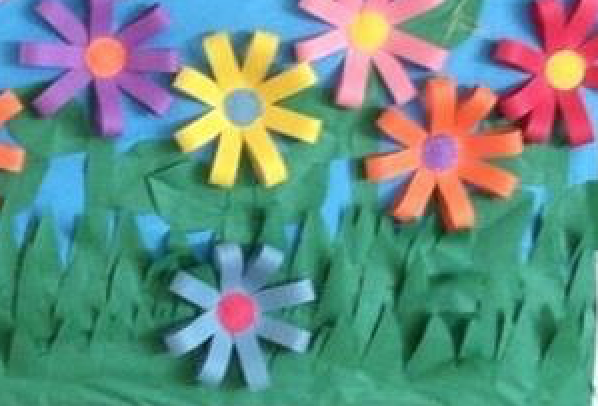Spring Bulletin Board: See how we've grown!
/It’s not always easy to see how much we’ve grown in one year, especially for a child. Physical growth might be the most noticeable because we can feel it in several ways. For instance, we can tell when our clothes are too big or too small; they don’t fit right. We know when our feet have grown because our shoes are too tight, and our feet hurt. Also, we can tell when our hair has grown when it starts covering our eyes and ears.
Intellectual growth, on the other hand, is much more difficult to notice. Other people, like a parent or teacher, seem to notice this type of growth before the individual realizes it! Everyone enjoys being told how much they’ve grown intellectually, so here’s a way for you to do that in your classroom.
Image Source: Volunteer Spot
Throughout the year, Shurley English students have spent a lot of time building their vocabulary skills to improve their word choice strategies. They have created their own synonym/antonym booklet, a vocabulary notebook or notecards, and also learned how to use “Power Words” in their writing. Now, they can use all of these learning tools to help create a spring bulletin board. This bulletin board idea gives your students an opportunity to reflect on the words they’ve learned and written in their notebooks and to realize how their vocabulary word bank has grown.
Below are the steps to follow in order to build a “See How We’ve Grown” garden in your classroom:
Step 1: Create a Synonym List:
Materials Needed:
Synonym/Antonym Booklet
Vocabulary Notebook/Vocabulary Notecards
Power Words (found in Shurley English Student Textbook)
Shurley English Student Textbook
Thesaurus
Paper
Pencil
To Do:
As a class, create a list of basic words your students overused at the beginning of the year. (e.g., good, bad, friend, happy, sad, etc.)
Allow students to work in pairs and assign basic words to each group.
Have each pair create a list of three to five synonyms for their assigned word(s).
Encourage students to use their Shurley English resources and a thesaurus to complete the activity.
Monitor students’ work by walking around the room to assist each group.
Step 2: Create Vocabulary Flower:
Materials Needed:
Circles (pre-cut)
Long strips of colored paper (pre-cut)
Glue
Stapler
Black markers
Pipe cleaners
Green leaves (pre-cut or *create a pattern)
*Green construction paper
*Scissors
To Do:
Write the basic word in the center of the circle with a black marker.
Write the synonym for that word on half of the long strip of paper.
Loop the long strip of paper so the half with writing on it is on top. (See example below.)
Glue the two ends of the loop together.
Repeat for each synonym.
Once all leaf-loops are constructed for that basic word, glue or staple the leaves under the circle to complete the flower.
Students continue to create flowers to fill your bulletin board. (You might even want to add a clothesline with a few writing pieces on them.)
Source: IMGLabs
Finally, use your own creative flare to build a beautiful spring garden that showcases your students’ growth! Don’t forget to discuss and celebrate their growth as a class. When our efforts and growth are recognized, the acknowledgement gives us the extra motivation to keep going. This is a wonderful way to keep your students engaged and excited about finishing the school year.






































































































